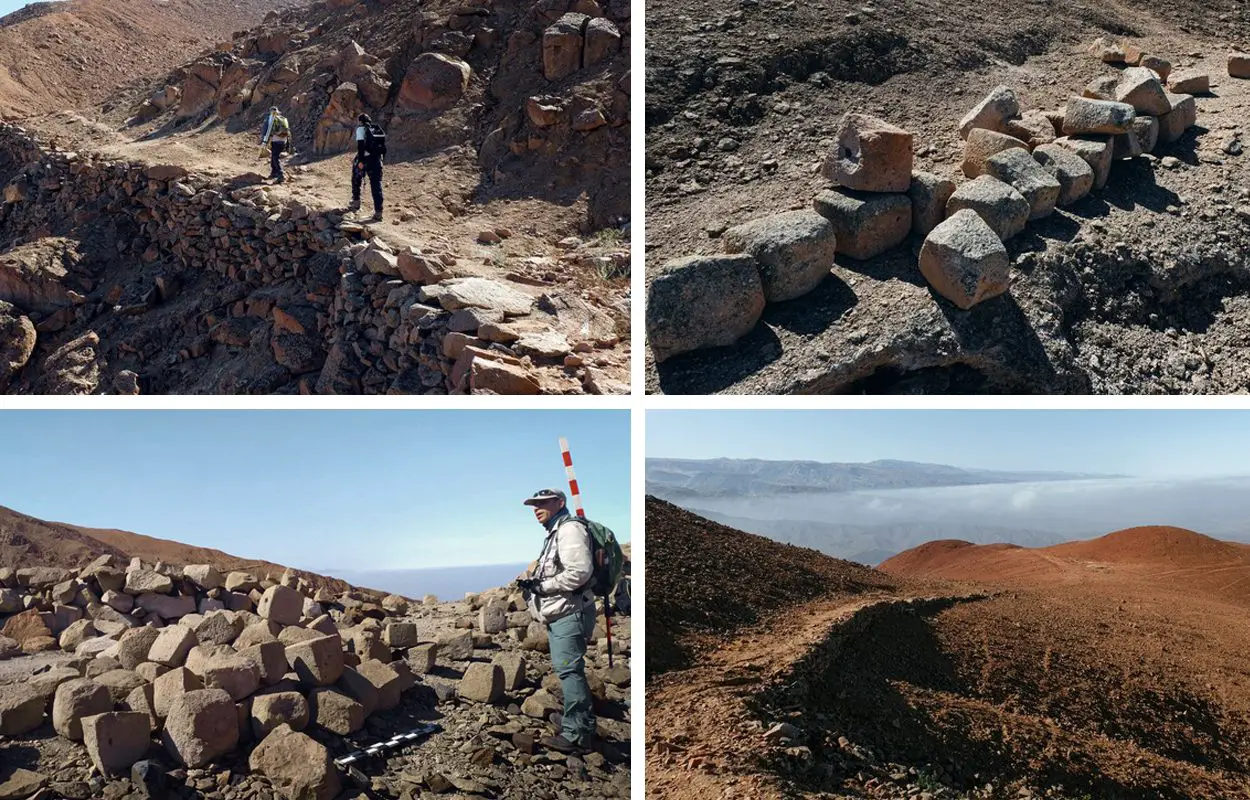Archaeologists have discovered Inca quarries and a road network in Cerros de Quilmaná and Cerro Quinta Freno, in the province of Cañete, Peru.
According to a press release announced by the Peruvian State, the quarries were used to supply material for the construction of walls at the Inca sites of El Huarco in Cerro Azul and Vilcahuasi in San Luis de Cañete.
The team have also found a network of roads and pathways linked to support the transportation of the sculpted stone blocks. According the researchers, these routes indicate the significant role the quarries held as a stone working centre within the Inca State during the 16th century.
With the rise of the Inca Empire, a large road network connected all parts of their territory spanning over 40,000 kilometres (25,000 miles), which is considered one of the most extensive and advanced transportation systems in pre-Columbian South America.
During the colonial period following the Spanish conquest of Peru, the Conquistadors initially used the Inca roads to reach the capital city of Cusco, however, their reliance on horses and ox carts, unsuitable for such terrain, led to the abandonment of most of the network.
“The discovery of this network of Inca roads and the quarries offer valuable research opportunities, revealing new insights into the technology of the Inca master stonemasons, in addition to the extraction, carving and polishing of lithic blocks that were used in various imperial works,” said the press release.
The road and path network also provides new information on how the roads served as transport mechanisms for the transfer of worked and quarried stone to the Inca settlements located in the coastal territories.
There is an archaeological expedition scheduled for 2024 to survey the quarries, aiming to conserve these sites for potential future tourism.
Header Image Credit : PQN







